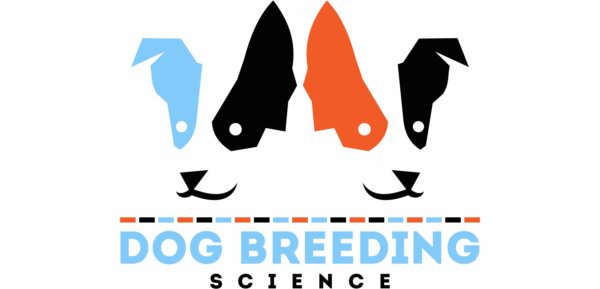Spongy cerebellar degeneration with cerebellar ataxia 1 (SDCA1)
Summary
Pups affected by SDCA1 start to show signs of cerebellar degeneration from around four weeks old. They lose coordination, starting to show a wide-based stance, staggering and tremors. This worsens rapidly and may be associated with muscle spasms triggered by exercise.
SDCA1 is an autosomal recessive disorder. Autosomal disorders are equally likely to affect male or female dogs, while "recessive" means that a dog needs to inherit the CA1 mutation from both its parents to be affected.
Dogs that are carriers for SDCA1 are not affected themselves but can potentially produce affected pups. They should not be bred to other carriers.
Gene or region and technical reference
Gene: KCNJ10 (causative). Reference: Mauri et al. (2016)
Reported alleles
n. Test developed using artificial DNA, animal controls.
SDCA1. Test developed using artificial DNA.
Panels: groups of tests that are often ordered together
This test is in the Belgian Shepherd health mini-panel.
